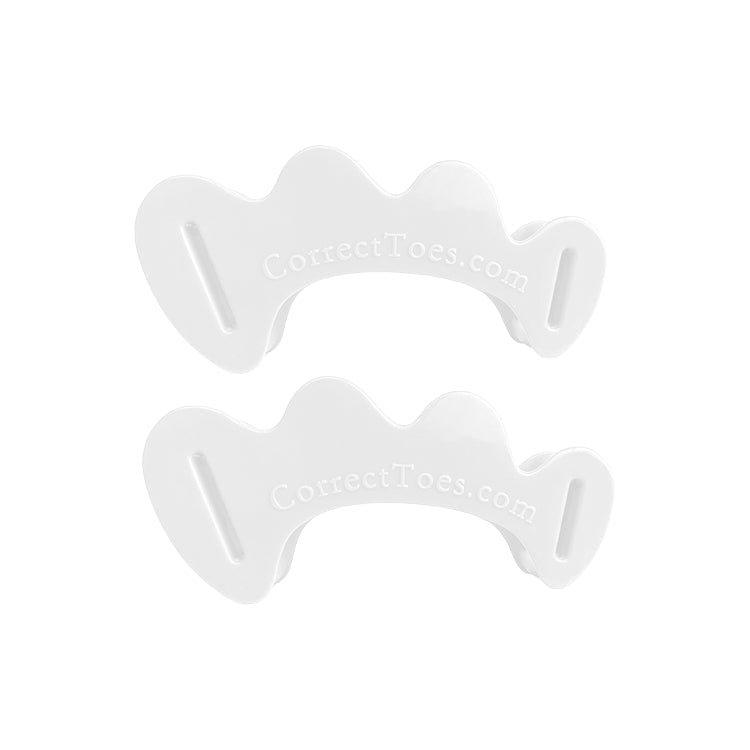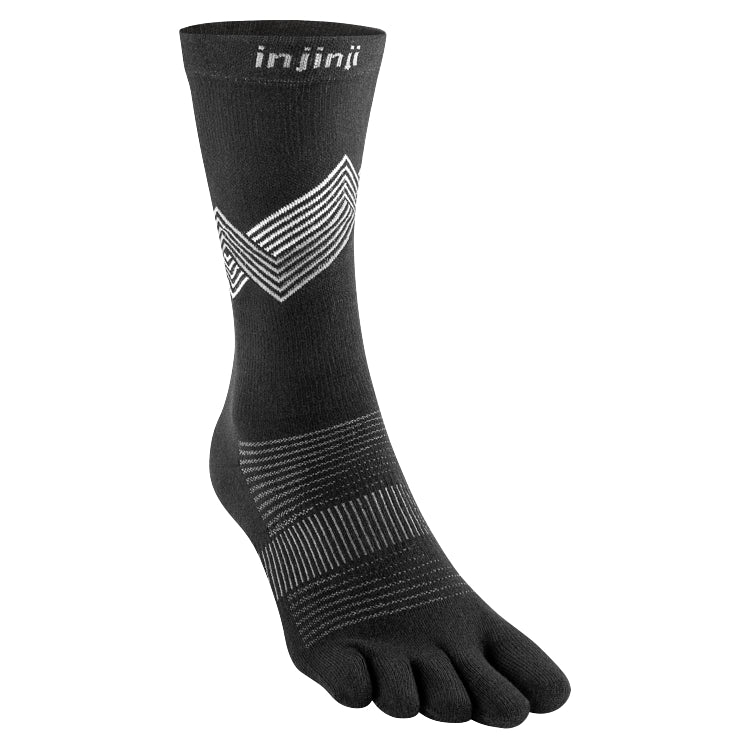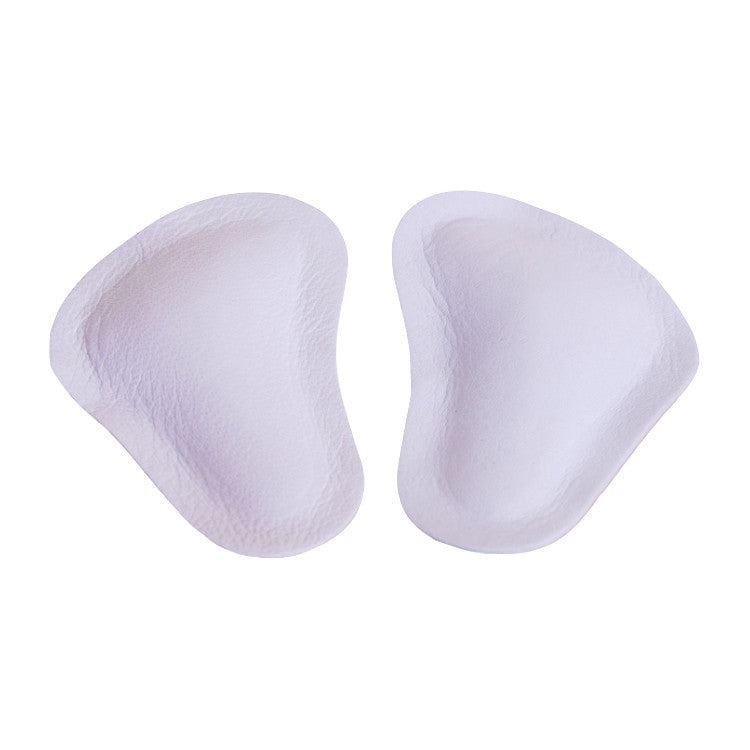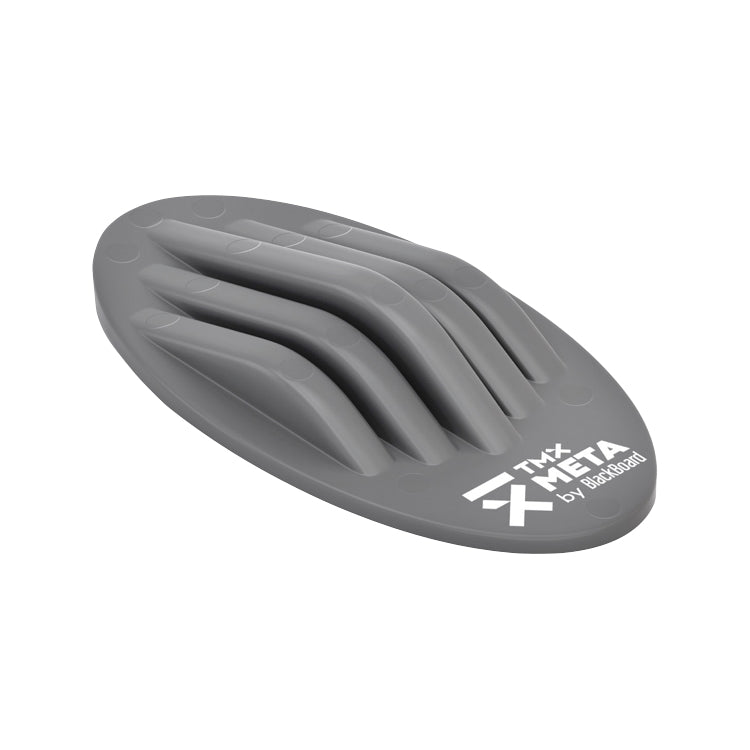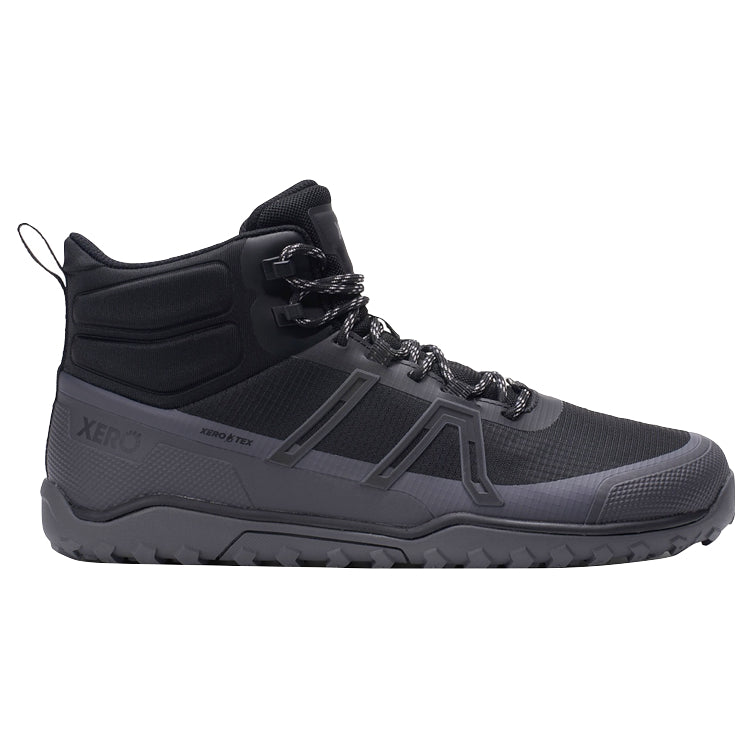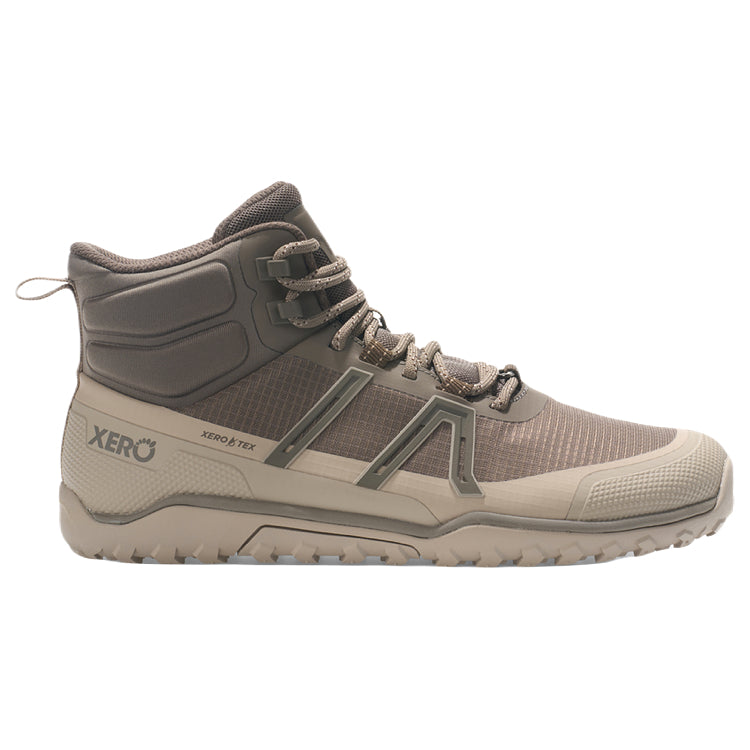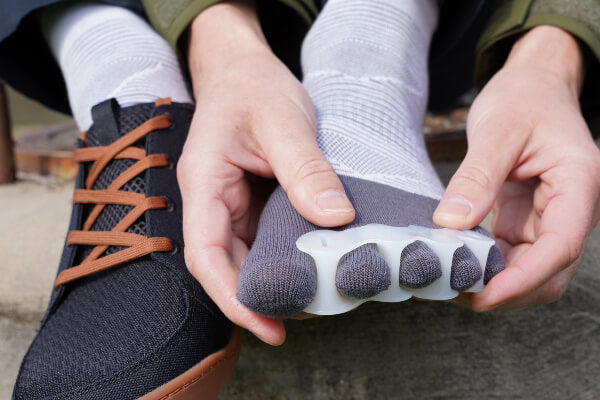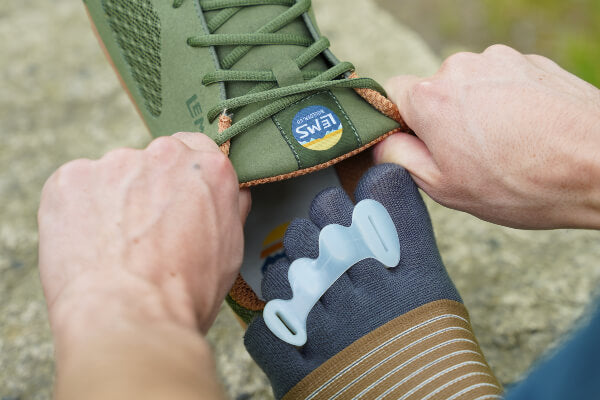
Rucking—walking or hiking with a weighted pack—has become a popular outdoor health and fitness activity in recent years and has long been an important part of military training to help build stamina and resilience in soldiers. We've personally found rucking to be an incredible full-body workout that strengthens the legs, core, upper body, and cardiovascular system. It's one of the quickest and most effective ways we've found to improve a variety of health and fitness markers, from increased bone density to improved posture to enhanced muscular endurance to heightened mental toughness. Also, rucking reintroduces a functional, load-bearing demand on the body that many of us have lost through sedentary living, helping to restore natural strength, coordination, posture, and gait efficiency in a way that’s both primal and profoundly therapeutic.
It's important to note that because of the higher load associated with carrying a weighted rucksack, the effects on the body's musculoskeletal system—including, and perhaps especially, the feet—are accentuated. When your feet are required to bear more than just body weight, they respond by becoming stronger. This includes both intrinsic foot muscles and those that originate in the lower leg and act upon the foot. Most people who practice rucking as a health and fitness activity find that their arches become stronger and more prominent over time, and rucking can also improve the endurance of the foot's soft tissues, including tendons and ligaments. All of this translates into increased foot robustness, improved proprioception and balance, and, for many, a reduced likelihood of foot and ankle injuries.
Of course, rucking is an activity that challenges the body, and some people may experience foot issues such as blisters, hotspots, calluses, thickened skin, foot fatigue, foot soreness, or heel and ankle stress. Much of this can be prevented or alleviated, though, through the thoughtful selection of foot-healthy footgear. Things like men's or women's low stack height, wide toe box, zero-drop footwear (never more important than when rucking), toe spacers, and toe socks can go a long way toward preventing potential foot problems before they arise. And how you do the activity matters too. It's important to start gradually (with low weight) and listen to your body to avoid excessive strain or injury. If you experience persistent pain or discomfort, it’s a good idea to temporarily curtail your rucking and seek advice from a foot care or fitness professional.
Rucking may not be for everyone, but if you enjoy backpacking—or if you like challenging yourself through physical exertion—it can be a very effective way to build foot form and function, as well as overall musculoskeletal (and cardiovascular) fitness. What really sets rucking apart is its adaptability: You can tailor it to your fitness level, terrain preferences, and time constraints, making it a scalable and sustainable practice for just about anyone looking to move more and move better. Unlike running, which often places higher repetitive stress on the joints, rucking offers a lower-impact alternative that still delivers meaningful gains in strength, stability, and endurance. And for those of us focused on long-term foot health, the added weight of a rucksack actually encourages the feet and lower legs to become more structurally sound over time.
In our opinion, one of the best things about rucking is how beautifully it integrates the principles of natural movement with purposeful physical training. It’s simple, accessible, and meditative, yet undeniably powerful in its impact. With every loaded step, you're not just training your body; you’re tuning into your environment, strengthening your connection with the ground, and rediscovering the functional brilliance of your feet. For those of us invested in restoring and preserving lifelong foot health, rucking offers a kind of dynamic therapy—one that engages the feet in all their complexity, encourages healthy tissue adaptation, and promotes alignment from the toes up through the spine. When paired with natural footgear and a mindful approach, rucking becomes more than a workout—it becomes a pathway toward resilience, balance, and whole-body vitality.

WANT TO IMPROVE YOUR FOOT HEALTH?
Let the team at Natural Footgear help you! Subscribe to our newsletter for the latest offers and helpful info, and sign up for our FREE email courses on various topics and foot health conditions.
Sign Up →
Want to Improve Your Foot Health?
We are here to help you every step of the way. Get our newsletter for the latest offers and helpful info, and sign up for our FREE email courses on various topics and conditions, including bunions, hammertoes, neuromas, plantar fasciosis, shin splints, ingrown toenails, and more.
Sign Up →
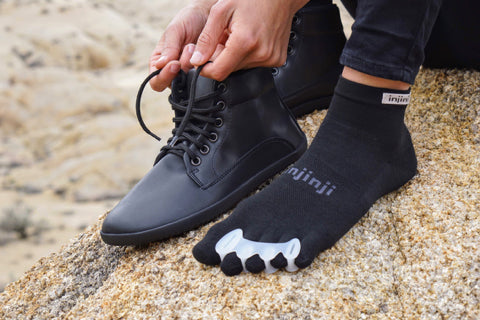 The Natural Footgear team receives lots of messages each day from folks around the world who want to know more about natural foot health and the products we offer. One of the most common questions we receive involves hiking footwear. Specifically: “Can I benefit from minimalist footwear & toe spacers when hiking?” Giving serious consideration to your hiking footgear is crucial in ensuring a comfortable and injury-free trek. Indeed, the...
Read more
The Natural Footgear team receives lots of messages each day from folks around the world who want to know more about natural foot health and the products we offer. One of the most common questions we receive involves hiking footwear. Specifically: “Can I benefit from minimalist footwear & toe spacers when hiking?” Giving serious consideration to your hiking footgear is crucial in ensuring a comfortable and injury-free trek. Indeed, the...
Read more



